
How to Reduce Pain Triggered by Weather Changes
Weather changes do not only affect our environment, but also our personal well-being as well. When weather change occurs, it affects the air that we breathe which, in turn, affects our overall health. It affects our entire system from our immune system to our musculoskeletal system. Hence, there are some people who experience pain whenever they experience changes in climate.
As a matter of fact, weather change and joint pain are relatively linked. Joint pains may be caused by weather changes through a clear connection that hasn’t been determined yet. Some people may often feel more joint pain when the weather is cold or humid. They may also feel the pain whenever it is raining. Other people experiencing pain brought about by other conditions like migraine and fibromyalgia may also experience weather-affected pain.
What is Barometric Pressure?
Barometric pressure is the pressure in the earth’s atmosphere. While it is mainly environmental in nature, this pressure has a tremendous effect on our body as evidenced by the pain we have to deal with whenever this atmospheric pressure changes. The change can affect the expansion and contraction of our body’s bones, joints, and muscles. It also affects our sinuses as it fills up with air.
These effects can lead to the development of pain such as arthritis, headaches, and migraines, among many others. Unfortunately, we cannot control weather changes. But it doesn’t mean that we have to live up to the pain it causes. Thankfully, there are different ways that you can do to alleviate the pain brought about by the shifting weather.
How to Reduce Pain Triggered by Weather Changes?
These are the different things you can do at home to help reduce pain triggered by weather changes.
1. Increase your Vitamins A, D, E, and K Intake
Vitamins are essential to keep your body healthy. These vitamins help boost your immune system and will also ease inflammation brought about by pain. Though a diet change will not abruptly reduce pain, you will benefit from it in the long run.
Hence, you should consume foods like fish and nuts. Vegetables such as celery, broccoli, and spinach are also highly recommended. When it comes to fruits, get yourself some avocado, watermelon, and nectarines. Moreover, use healthy oils for salad dressings such as coconut or olive oils.
2. Eucalyptus Oil
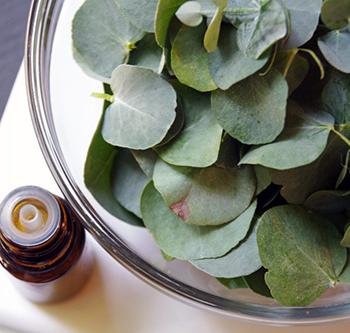 Eucalyptus is a potent remedy for pain due to its anti-inflammatory compounds. It contains cineole and limonene that can help relieve the pain you are feeling. Specifically, eucalyptus is a good way to help ease joint pains. Rubbing eucalyptus oil on the affected joint promotes pain reduction as well as relaxation to the entire body due to its aroma.
Eucalyptus is a potent remedy for pain due to its anti-inflammatory compounds. It contains cineole and limonene that can help relieve the pain you are feeling. Specifically, eucalyptus is a good way to help ease joint pains. Rubbing eucalyptus oil on the affected joint promotes pain reduction as well as relaxation to the entire body due to its aroma.
To make eucalyptus oil, I suggest the infusion method. Gather, wash, and dry ¼ cup eucalyptus leaves. Place the leaves inside a jar and add a thin layer of sea salt. Mash the eucalyptus leaves while inside the jar to squeeze out its oil.
Add 1 cup of carrier oil (olive, coconut, or almond oil) to the eucalyptus and salt mixture. Cover the jar with a lid and place it under direct sunlight for a minimum of 2 weeks. Shake the jar once or twice daily.
After 2 weeks, strain the leaves from the oil. Move the oil to another jar and label it accordingly. This oil is best stored in a refrigerator and can last for up to 6 months.
3. Ginger Tea
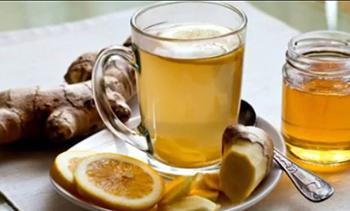 Studies show that ginger is beneficial for decreasing pain. It is an immune modulator, which reduces inflammation. It also aids in reducing the severity and length of migraine attacks. Moreover, having ginger in the form of tea is a pleasant way of keeping your body warm during rainy and cold days. Since ginger helps increase your body temperature, it will help promote proper blood circulation throughout your body.
Studies show that ginger is beneficial for decreasing pain. It is an immune modulator, which reduces inflammation. It also aids in reducing the severity and length of migraine attacks. Moreover, having ginger in the form of tea is a pleasant way of keeping your body warm during rainy and cold days. Since ginger helps increase your body temperature, it will help promote proper blood circulation throughout your body.
To make a fresh ginger tea, thinly slice an inch of ginger into several smaller pieces. Place it in a saucepan with 1 cup of boiling water. Simmer to 5-10 minutes depending on how strong you want your tea to be. Strain the tea to remove traces of solid ginger. Before serving, you may add lemon or honey for added flavor.
Aside from helping ease weather-related pain, ginger tea will also help your digestion, reduce nausea, and soothe upset stomachs.
4. Aloe Vera
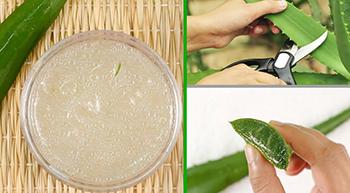 The use of aloe vera is very common among people who are suffering from pain. Aloe vera has healing properties that are not only good for joint pains but also heal skin abrasions and sunburns. Drinking the plant juice on a daily basis might also help lessen tension headaches as well as headaches caused by weather changes.
The use of aloe vera is very common among people who are suffering from pain. Aloe vera has healing properties that are not only good for joint pains but also heal skin abrasions and sunburns. Drinking the plant juice on a daily basis might also help lessen tension headaches as well as headaches caused by weather changes.
Making an aloe vera gel is easy. You only need 1 aloe leaf and a couple of kitchen tools. Cut off an outer leaf from the plant base. Wash the leaf and let it stand upright for 10-15 minutes to remove the resin that might cause skin irritation. Once the yellow-colored resin is completely drained, wash the leaf and peel the thick skin with a knife or peeler to expose the gel.
Scoop the aloe vera gel into a blender and blend gently until it becomes frothy and liquid. The gel is now ready to use for topical application on the affected painful area! To store, place the gel in an airtight container and store it in a refrigerator. This gel can last for about 1 week. You may also freeze aloe gel in a freezer, and it’ll last for up to 6 months.
5. Cayenne Peppers
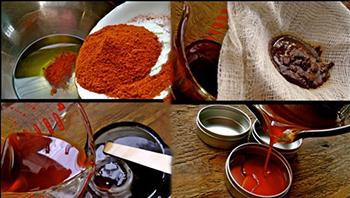 Cayenne contains capsaicin. Capsaicin is an active compound that is helpful in relieving joint and nerve pain. It also helps clear out nasal and sinus passages. Hence, cayenne is a good home remedy to reduce pain triggered by weather changes.
Cayenne contains capsaicin. Capsaicin is an active compound that is helpful in relieving joint and nerve pain. It also helps clear out nasal and sinus passages. Hence, cayenne is a good home remedy to reduce pain triggered by weather changes.
You can simply add cayenne peppers to your diet if you can tolerate spicy foods. However, if you want to make a salve to rub on your joints, you can easily do it too.
To do this, melt 3 tablespoons of cayenne pepper, 2 tablespoons of beeswax, and 1 cup of neutral oil (almond oil, olive oil, or grapeseed oil) in a double boiler. Melt in slow and gentle heat. Once melted, transfer to a jar and wait for it to solidify. For a stronger salve, you can infuse cayenne with your base oil for 24-48 hours and proceed with the steps mentioned earlier. To use the salve, apply it directly to the painful area. Apply only the amount that you can tolerate or else it’ll be too hot on your skin and will cause a burning sensation.
Weather changes are unpredictable. Knowing how to treat pain brought about by weather change will help you deal with it better. You also need to remember to dress warmly during cold weather, especially now that winter season coming. Drinking enough water will also keep you well-hydrated, which is an important factor to avoid pain. These simple techniques – along with the right herbs – can ease your struggle and will allow you to resume some, if not most, of your daily activities despite the shift in weather.
You may also like:
 How to Treat Back Pain with Comfrey Root
How to Treat Back Pain with Comfrey Root
Similar to Morphine: The Best Natural Painkiller that Grows in Your Backyard (Video)
How To Make Hot Pepper Cream For Joint And Back Pain
Natural DIY Neosporin Salve Recipe
How to Make Cabbage Bandages to Treat Inflammation and Joint Pain









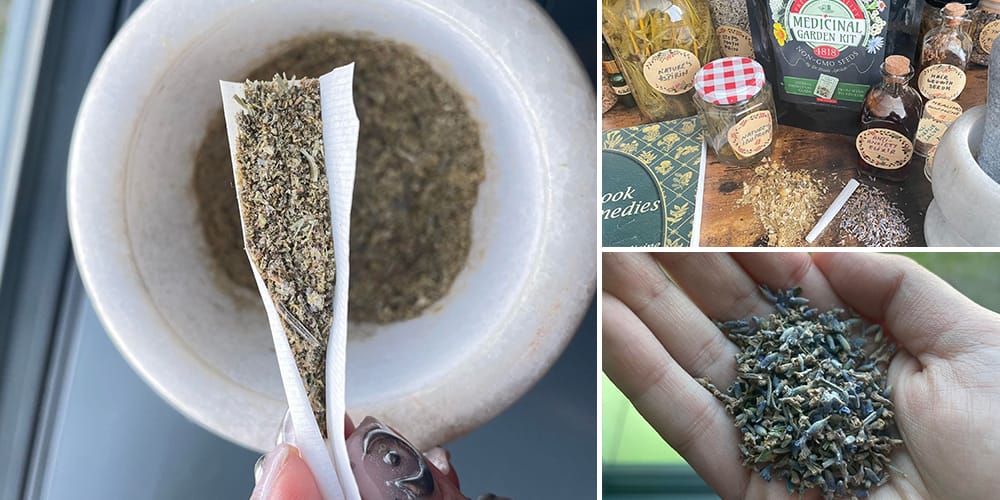
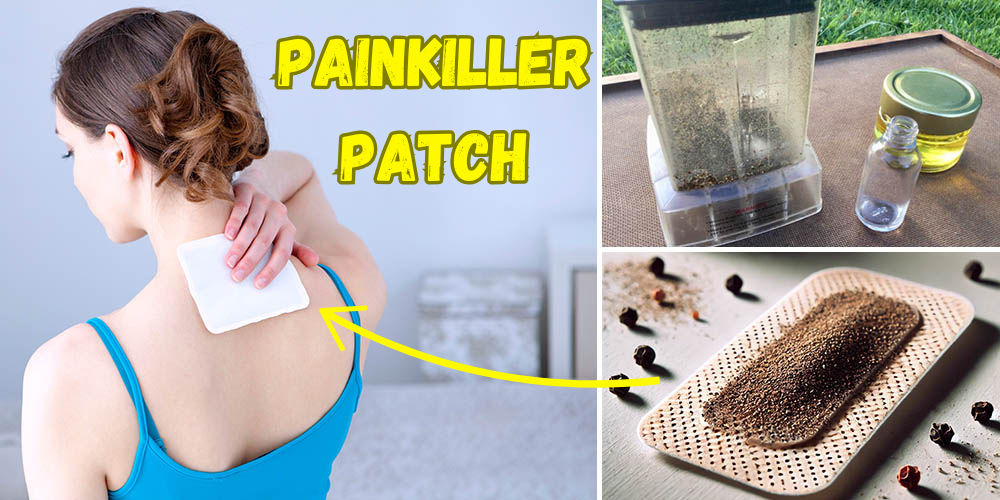
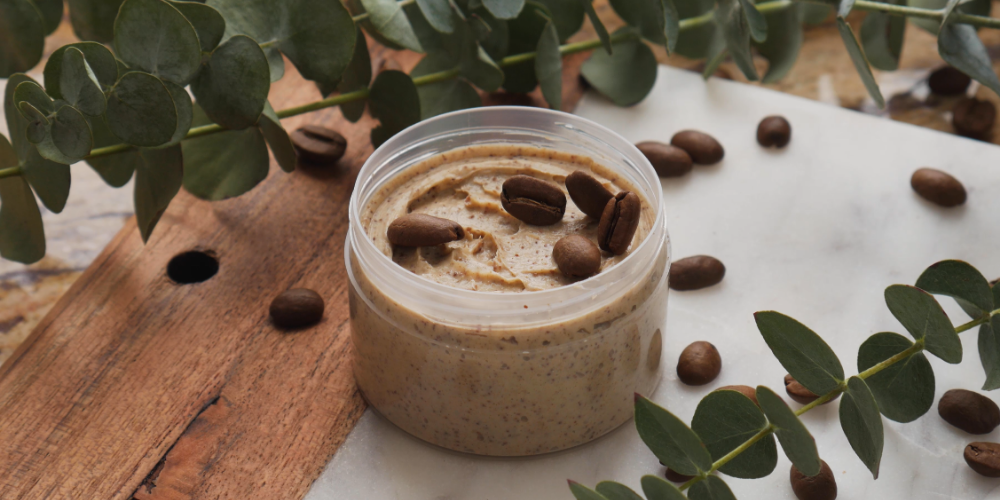
Outstanding article! I love the different options you’ve laid out. I have been called a human barometer all my life and have pain from headaches to severe joint pain. I’ll be putting these to good use.
Hi Kathy,
Thank you so much for your feedback.
We are glad to hear that this information is useful to you.
God bless !
Could you add the eucalyptus and aloe to the cayenne pepper salve or would it work that way?
Hi Susan,
Thank you so much for your interest in our work.
The Cayenne Pepper salve should be strong enough for the pain, only using 3 tablespoons of cayenne pepper, 2 tablespoons of beeswax, and 1 cup of neutral oil.
God bless!
I’m wondering if the adding aloe would help the heat of the cayenne be more comfortable….
Great Article! I too suffer the human barometer affliction and am so tired of taking Migraine meds. I am eager to try the suggestions especially since they are natural.
Love this! I had a co-worker who used to come in and ask me what the weather was going to be as my knee wold ache without fail. Not to mention my daughter gets those nasty headaches and meds never do really work. Can’t wait to share this with her. Thank you so so much!!